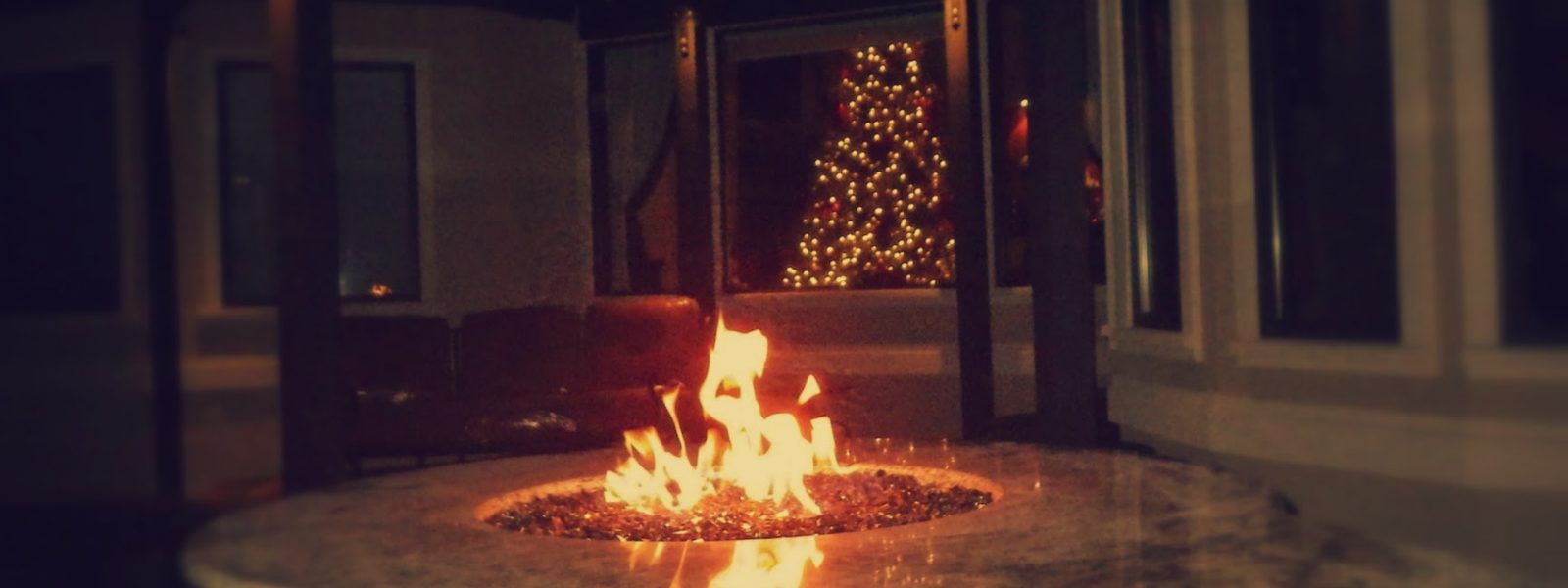When people hear hospital construction, most picture cranes, dust, workers in hi-vis, the usual. But it’s way more complicated than a standard office block or apartment tower. Hospitals don’t just need walls and roofs. They need layouts that keep people alive. Operating theatres, emergency wards, maternity units, even the café in the lobby — all of it has to be stitched together so it actually works in real life, not just on a drawing.
Why hospital builds are different?
Normal buildings? You worry about safety, sure, but it’s mostly structure and design. With hospital construction projects, there are layers:
- Airflow has to be controlled so infections don’t spread.
- Lighting can’t just be “bright.” It needs to suit surgeons, patients, recovery rooms.
- Noise control matters. Machines beep enough without echoes bouncing around.
- Access is critical — ambulances, wheelchairs, staff rushing between wards.
Miss one of these and suddenly the whole building fails the people it’s supposed to serve.
What goes wrong (because it always does)
Deadlines slip. Budgets balloon. Someone forgets how many power outlets an ICU bed needs, and then the electricians scramble. In some projects, a design looks brilliant until real nurses and doctors walk through and go, “Hang on, this corridor is too narrow for two stretchers.” That’s why planning eats months, sometimes years, before the first shovel even hits the dirt.
Local context makes a difference
A hospital in the middle of a busy city? Different beast from one built in a rural area. City builds fight for space, deal with traffic chaos, sometimes even build upwards because there’s no land left. Rural hospital construction leans more on flexibility — multipurpose wards, staff housing, emergency helipads. Every project shifts with the community it’s meant to serve.
Why people underestimate the human factor?
Blueprints don’t heal people. The staff do. Good hospital construction projects take into account how nurses walk between wards, how families visit patients, how cleaners keep things sterile. It’s not glamorous, but these choices decide if a hospital feels functional or like a maze.
At the end of the day, hospital construction isn’t just another sector of the building industry. It’s one of those rare fields where small design mistakes have big human consequences. Get it right, and the building silently supports recovery. Get it wrong, and everyone feels it — patients, staff, even visitors just trying to find their way.





